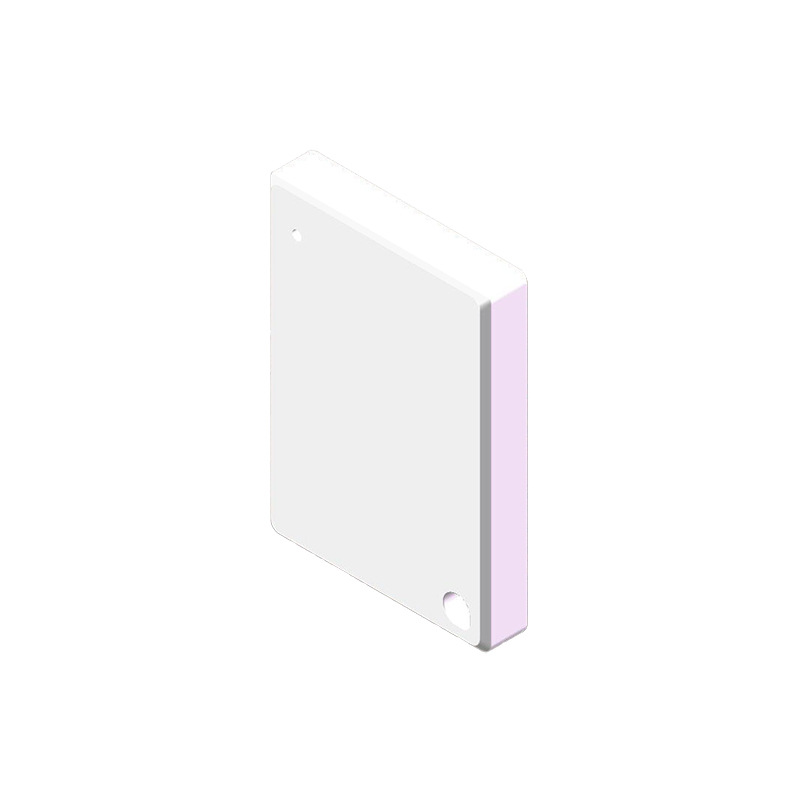
Since bursting onto the scene less than a decade ago, Bluetooth beacons have quickly become an integral piece of the location technology landscape. Their applications and capabilities continue to expand. Let’s examine the progression of beacon tech and where it’s headed next.
The Early Days
Bluetooth Low Energy (BLE) beacons first emerged around 2013, led by pioneers like Estimote. Early beacon models were fairly large – similar in size to a deck of cards. But the technology showed promise for powering new hyperlocal experiences.
Retail industries were the first to adopt beacons for delivering location-based promotions, product information, and contactless payments. Other early beacon applications included museum multimedia tours and airline luggage tracking.
Maturing Tech
Within a few years, beacon hardware and software became more refined and compact. Coin cell batteries helped reduce size while maintaining 2+ year battery life. Beacon management platforms emerged to handle large-scale deployments.
This maturation enabled more industries to adopt beacons. Transit systems, hospitals, warehouses, and events venues began integrating beacons into infrastructure to drive analytics and mobile experiences. The beacon ecosystem expanded.
Driving Innovation
As the technology improved, beacons started powering truly innovative implementations. when combined with sensors and IoT devices, beacons created smart spaces for energy efficiency, safety, and predictive analytics.
Creative applications also arose in tourism, gaming, assisted living, and accessibility for visually impaired individuals. Bluetooth beacon tech proved versatile and customizable across industries.
What Comes Next?
Experts expect beacons will get even smaller and more energy efficient for seamless, maintenance-free placement. Long range beacons up to 800 meters could also emerge. Smarter sensors and mesh networks will expand capabilities.
Privacy and security will remain a focus, as will driving further adoption. But with Apple, Google, and other major players now supporting beacons natively, the technology has momentum. As costs decrease, innovative applications will continue proliferating. The future remains bright for beacons.



